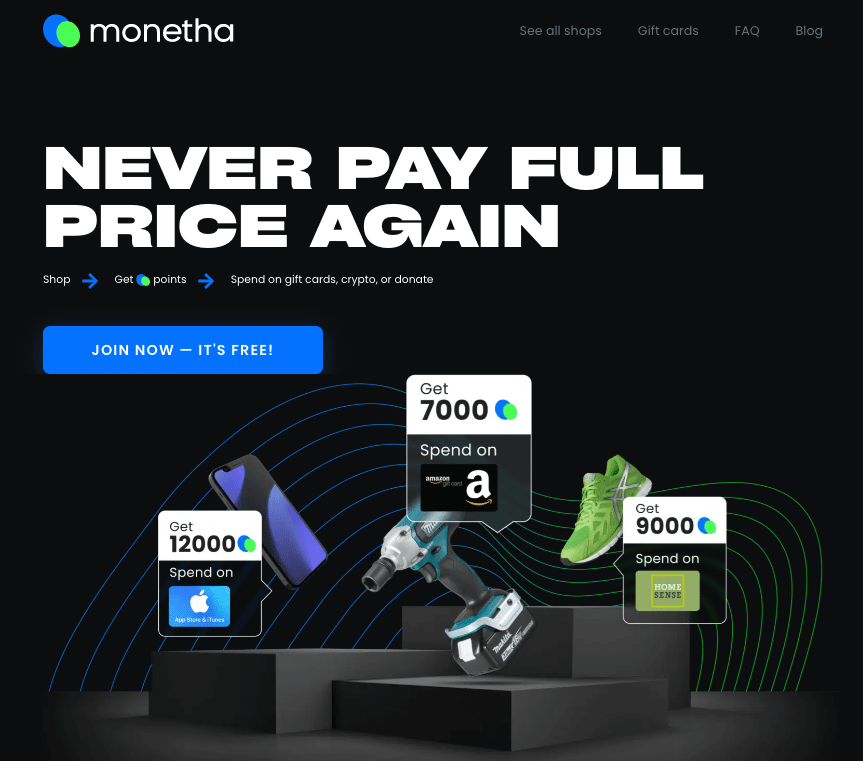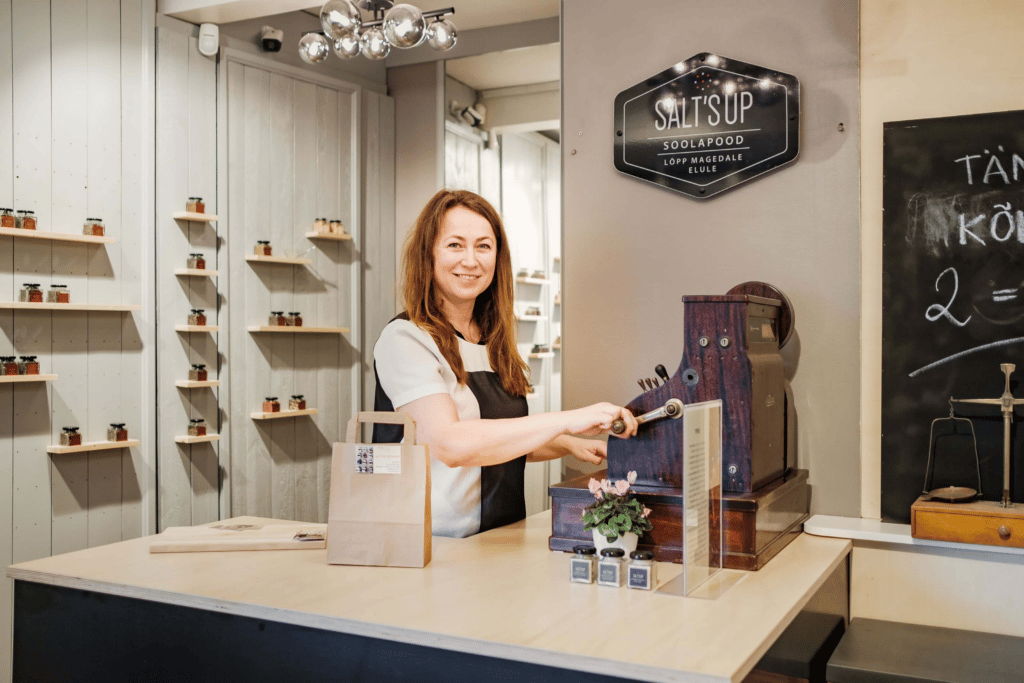If you want to grow your company’s revenue in 2023 let’s start with two words – customer experience (CX).
According to a study published by the Temkin Group, high-performing companies that invest in customer experience improvements can expect up to a 70% increase in revenue in just 3 years.
Additionally, companies that invest in an enhanced customer experience strategy benefit not only from increased revenues, but greater customer satisfaction, and reduced churn rates (and don’t forget, finding new customers costs you money).
In this article, we’re going to look at some of the most common questions about customer experience management:
\n

Enhance your customer’s experience with an easy-to-use loyalty program
Rewarding your customer’s loyalty goes a long way toward enhancing your customer experience strategy.
However, the better and more flexible the rewards program you use the more the customer will appreciate it.
Monetha is a flexible online shopping rewards program that is designed to promote loyalty among shoppers. And what’s more, it’s simple to use.
Just download and sign up for the free Monetha app and you’ll have access to a selection of over 1,200 top online stores. Every time you shop with one of Monetha’s merchant partner stores you’ll earn valuable points – you even get bonus points just for signing up.
You can then use your points in the most flexible ways.
- Exchange your points for gift cards from some of the planet’s top stores
- Use your accumulated points to invest in cryptocurrencies
- Or use your points to donate to a range of worldwide global charities
Your perfect loyalty program
Keep your customers satisfied – it all starts with just a few clicks.














